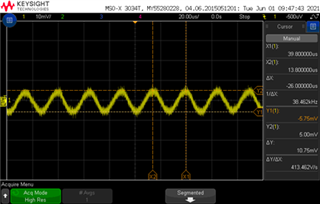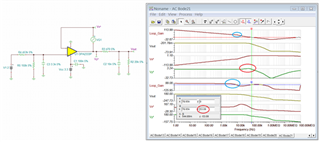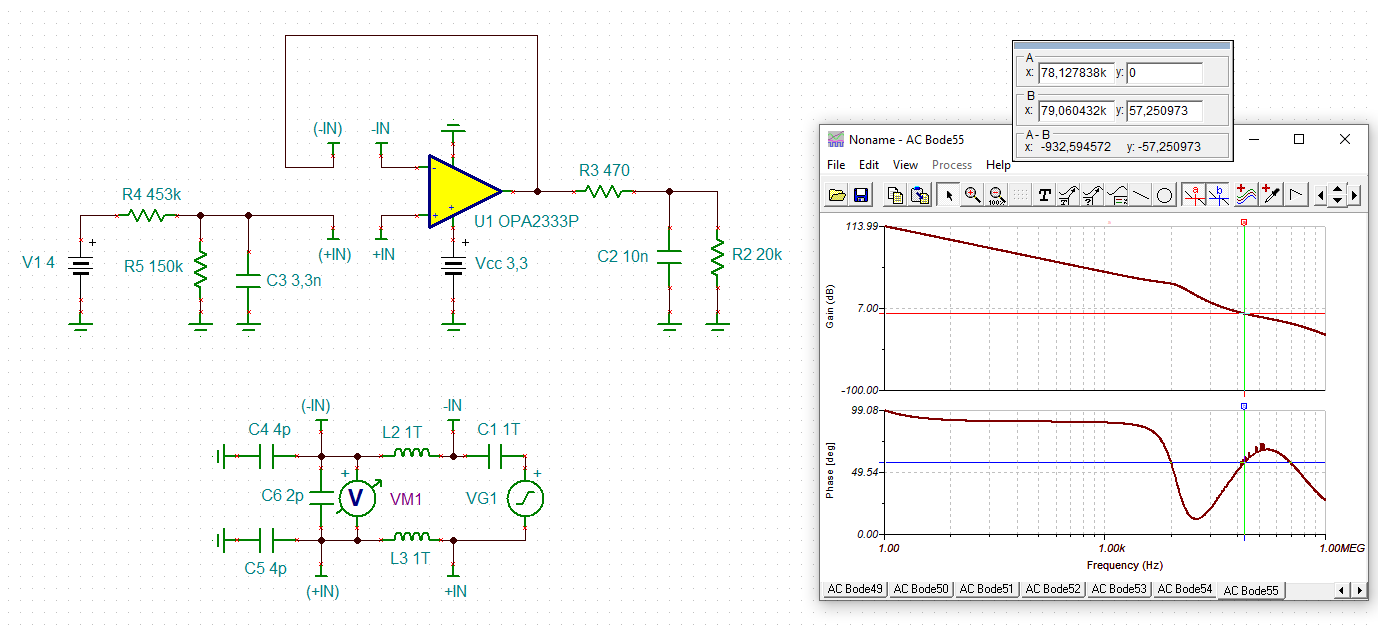Hello All,
I am using OPA2333AIDRBT as an input buffer of my board. Schematic is as shown below:
I have tested 80x opamps (40 IC with 2 opamp in each) and I see that 4 of them show oscillation of ~10mVpp at 40kHz. Oscillation looks like this (AC coupled measurement when opamp noninverting pin was at 1V):
My observations are:
- This oscillation is continuous and imposed on the DC output of the opamp.
- +3.3V supply voltage of the opamp at opamp's supply pin is clean.
- I tested two identical boards which are manufactured at the same time. Each board has 40x opamps (20x IC with 2 opamp in each) and different channels oscillate in different boards. This shows that the effect is not coming from the layout.
- I see that while each IC has 2 opamps, sometimes one of them oscillates while the other doesn't oscillate when same input is applied. This seems unusual to me, I'd expect 2x opamps in the same IC package to behave extremely similar.
- I suspect 10nF capacitance is causing this oscillation however my analyses show that I should have 50-60 degrees of phase margin.
- Furthermore, in this other question same opamp was analyzed by TI person and the indicated stability with >400R before the 10nF is mentioned. This agrees with my earlier analyses.
- I bypassed the RC filter at the opamp input and applied square wave to the noninverting pin of the opamp. The output didn't show any excessive oscillation, it rises and falls without over/undershooting however the 10mVpp oscillation is superimposed.
- There is no 40kHz frequency on my board, so this oscillation is not coming from another source.
Could you assist me with this?
Kind regards,
Zeki






 .
. 
